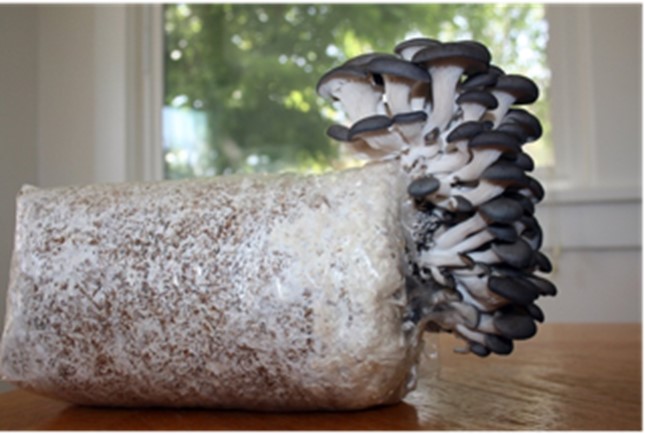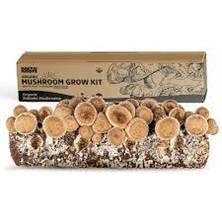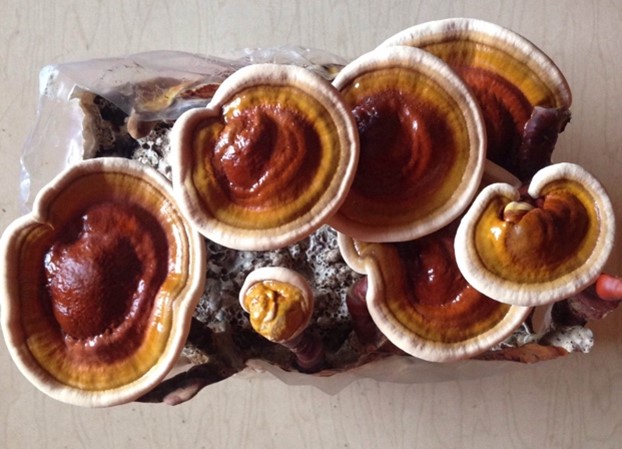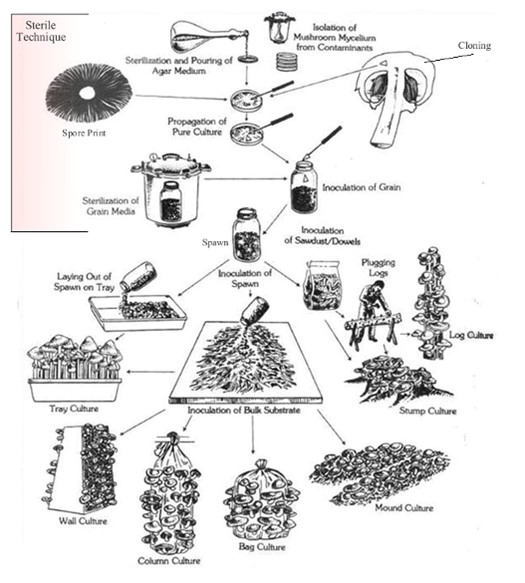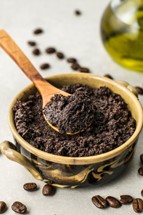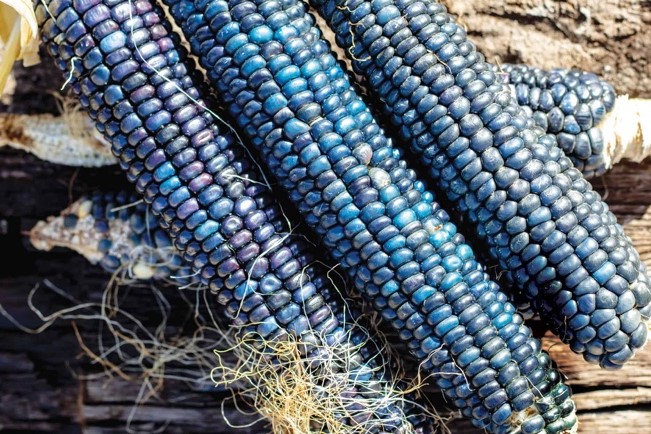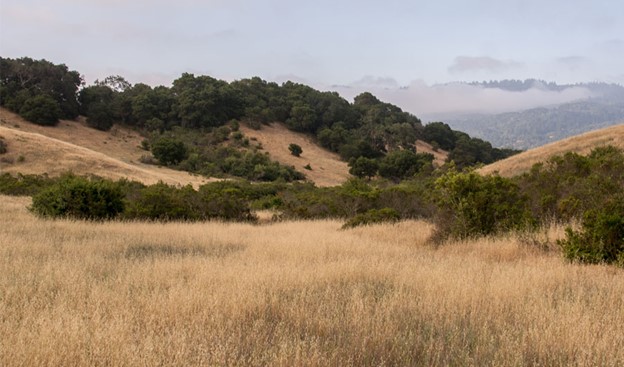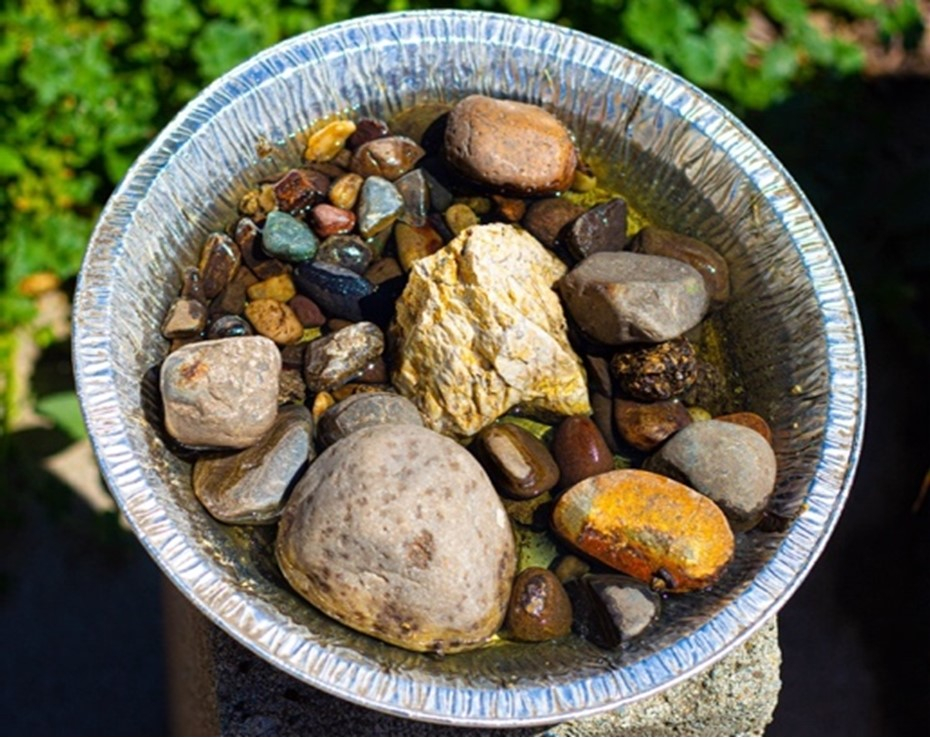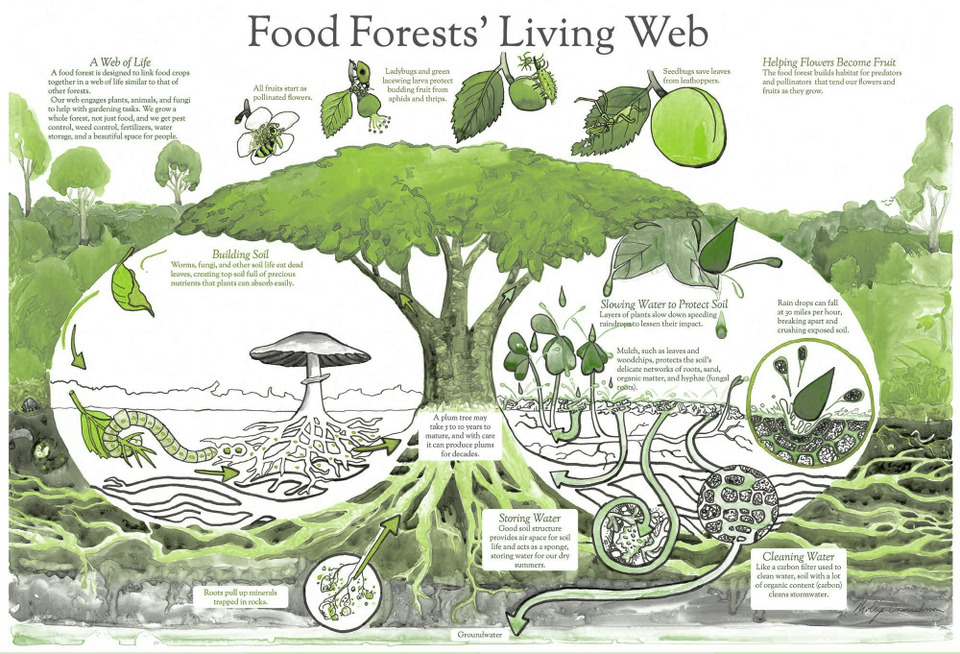It can be difficult to eat sustainably. What I mean by “sustainable eating” is based on the Planetary Health Diet, dietary guidelines based on research done by scientists to determine which diet is ecologically healthiest while also being nutritionally adequate. To make everyday eating more sustainable, the food system should be constructed so that eating sustainably no longer takes much effort or requires special expensive grocery stores but instead is the default for consumers. Not everyone has access to sustainable groceries. It can be difficult to replace nutrients from animal products with plant-based foods. According to the Planetary Health Diet, this isn’t non-negotiable. PHD does include small amounts of animal products. Of course, not everyone can eat the same way. Diets vary based on nutritional needs, health conditions, and personal preference.



At this point, you might be asking yourself: why is this important? Well, it affects how we live. Later I’ll be discussing shifting the entire food system. Diet is one of the most impactful changes an individual can make to reduce their ecological footprint. Climate change is a severe threat to humanity, so making the default food choices for consumers sustainable is crucial.
I’ve had my own struggles eating sustainably. I don’t have time to cook, so getting enough mostly plant-based food is a huge challenge that takes a lot of time and energy. There are other barriers people face when trying to eat sustainably. It’s difficult to tell which products are sustainable, especially with greenwashing. Another barrier to everyday sustainable eating is that the price or health of foods outweighs sustainability. The price of sustainable foods is often higher. Lastly, even if a food is obviously more sustainable, people are often uncertain about just how effective or how much more sustainable that food is. This could lead to other factors outweighing perceived sustainability.
The first method by which a sustainable food system can be accomplished is changing the supply chain. No-till farming and crop rotation are two methods of sustainable farming. No-till farming is farming without tilling soil, which degrades the soil and makes it less nutritious. Crop rotation is when farmers switch which crops they grow in a certain field over time. Growing the same crop can deplete nutrients from the soil. Regenerative agriculture techniques such as these can improve soil health and ensure that crops can be grown for a long time.
There are ways to make grocery shopping more sustainable. Emissions from transportation to grocery stores can be reduced by implementing e-groceries or improving walkability. On the consumer side, once there’s a critical mass of demand for sustainable products, companies will stock them. Lastly, grocery stores can “nudge” shoppers to make more sustainable choices. Sustainable products can be displayed at the front of the store, there can be posters reminding shoppers of sustainability, or shoppers can be given discounts for sustainable products or practices. I went to a Smith’s that displayed brown bananas with a recipe for banana bread, and another Smith’s has “green bag points” for customers who don’t use single-use bags. One method that’s been piloted in the UK is eco-labeling, where brands can choose to have a label on their products with a grade for how eco-friendly that product is based on a few factors. This strategy may be more effective if it is required of all foods, like nutrition labels.

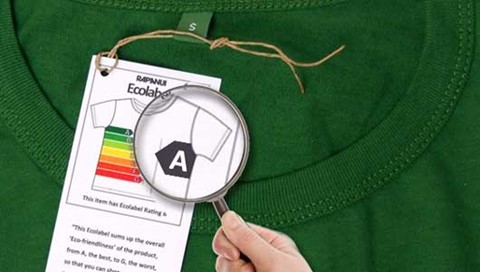
The last way the food system can become more sustainable is through taxes and/or incentives. The simplest way to do this is to put a monetary value on ecosystem degradation and add that to the cost of products depending on how harmful they are. However, the effect of this would be to force low-income people into lifestyles that are seen as inaccessible today. Another way this could be done is by taxing environmentally harmful luxuries like cruises and flights and providing incentives for purchasing sustainable products. For example, there could be a combination of required eco-labeling and tax write-offs for money spent on products with high ratings. The food system is not sustainable as it is, and it is nearly impossible to live sustainably within it. However, with enough action at all levels of society, it can be changed for the benefit of the environment and all of us.
-Posted by Cameron



